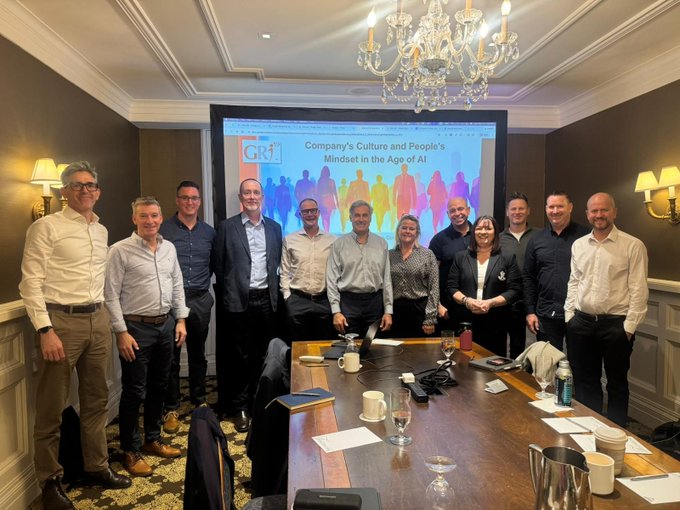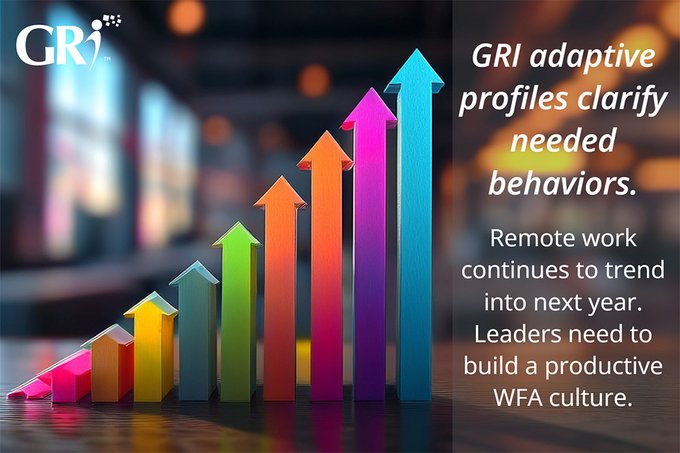Resilience in the Workplace
Posted by Terry Chuah, Nicole Phelon

Resilience in the Workplace
The pandemic and massive global unrest over the past couple of years have sharpened leaders' focus on resilience, both in their employees and in their organizations as a whole.
Gallup noted in their State of the Global Workforce, "Employers...have lessons to learn from 2020. Most importantly, leaders need to recognize the influence of employee wellbeing and employee engagement on workforce resilience."
Why is resilience so important?
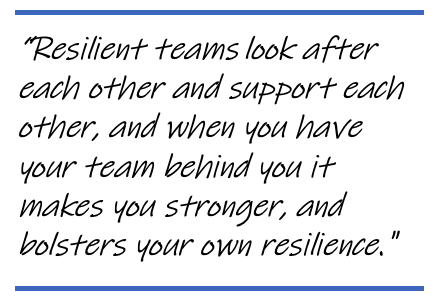
Resilient employees are better able to handle change and stress, and less likely to experience burnout. They are able to shift quickly and problem-solve, and are much more likely to remain with their employer.
In a world where change moves ever faster and the future is uncertain, resilient businesses are able to withstand unpredictable threats, and emerge stronger.
Resilient Employees, Resilient Business
McKinsey identifies the elements of resilient organizations, saying that resilient businesses:
- foster a diverse workforce in which everyone feels included and can perform at their best
- deliberately recruit the best talent
- develop that talent equitably
- upskill or reskill employees flexibly and fast
- implement strong people processes that are free of bias
- maintain robust succession plans throughout the organization
GRI Consulting Partner Terry Chuah, notes that, "We can look at resilience at the individual employee level, at the team level, and then there is organizational resilience. But the thing that is often overlooked is that they are all interrelated." Terry points out that resilient teams are the ones that have psychological safety; "they look after each other and support each other, and when you have your team behind you it makes you stronger, and bolsters your own resilience."
When organizations intentionally nurture resilience in their people, they become more resilient as a whole.
Resilience Doesn't Mean Tough
The building blocks of resilience include emotion control, empathy, purpose in life, positive relationships and social support. But resilience doesn't necessarily show up as toughness.
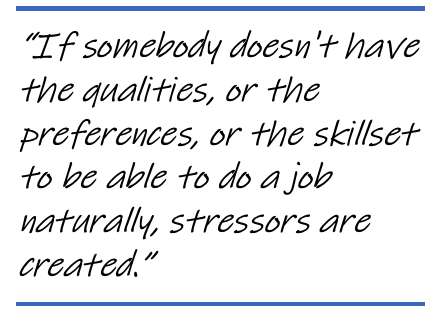
"The thing about resilience is that it's very much about self-awareness," says Terry. "If you understand your own preferences and what stresses you out, then you can manage yourself effectively. Then, you are going to be able to manage others as well. "
The GRI profile can increase self-awareness, identify who is struggling, and highlight people's different ways of being resilient.
"When you understand the complexity of human behavior on the one hand, and motivations on the other, you can draw performance out of people, while at the same time making them feel good about what they're doing and about themselves. And in so doing, by managing well, and by managing people's feelings and emotions well, guess what? You're creating resilience in your team."
People can be resilient in different ways, and all of them are valuable to the team and the organization.
Building Resilience
As a manager or leader, you can help your teams develop their resilience. When you coach them, create trust, and foster an environment of psychological safety, you are setting the stage for resilient team members.
Resilience is, at its core, an ability to adapt to a given situation. The GRI profile can tell you quickly how much each of your employees is adapting away from their natural behavior preferences, and whether or not that adaptation is sustainable. Everyone is capable of adapting, the question is, how much and how far before they burn out.
Terry says, “If somebody doesn't have the qualities, or the preferences, or the skillset to be able to do a job naturally, stressors are created. With the GRI we can use adaptation as an early indicator of stress that might be building up for someone. It gives their manager the opportunity to have a good conversation with this person, and it's a very good place to start.”
The GRI helps you create alignment among your team members by giving you detailed, accurate data on each person, allowing you to quickly understand and coach them, and get them into the job they are most suited to. This creates trust and psychological safety, and helps to build resilient employees, and resilient teams.
Terry is a GRI affiliate. If he had it to do all over again, he would be an opera singer. When he’s not conducting leadership assessments for early-stage startups or coaching leaders and teams, you are likely to find Terry fully immersed, heart, mind, and soul in the grandeur of a Puccini opera.
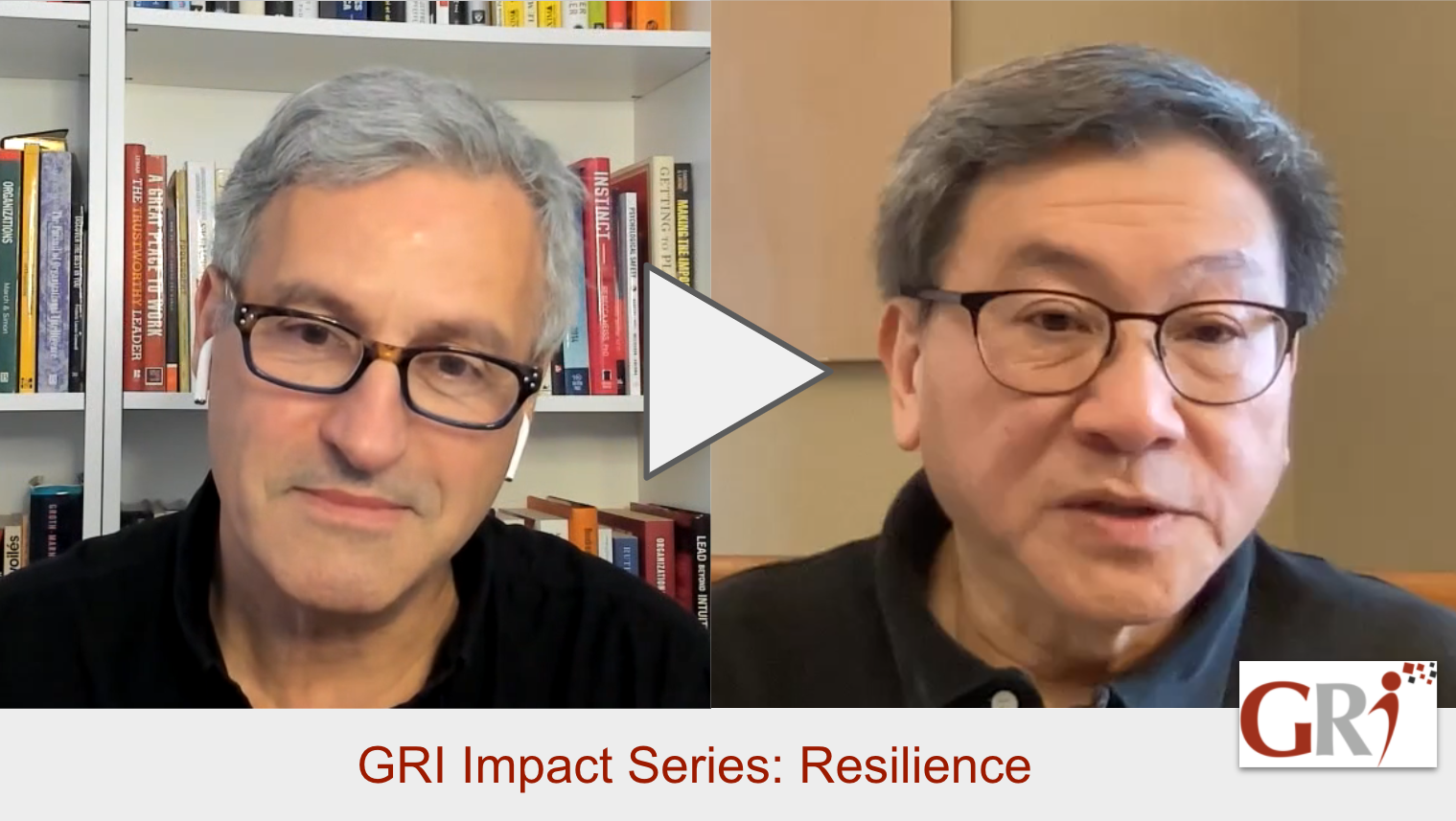
Listen to the interview on Youtube here.
Latest Articles
Groupama Successful Transformation in Romania: The GRI, Catalyst for Profound Change
The history of Groupama in Romania is an eloquent testament to resilience, strategic vision, and the transformative impact of innovative management tools. Arriving at the...
Hybrid Work: A Management Revolution
The COVID-19 pandemic has acted as an unprecedented catalyst, radically transforming our approach to work. What was once a marginal practice has become the norm for many...
Leadership 3.0: Objective Insights for People-Centric Leaders
Steve, a brilliant entrepreneur, poured his heart into his work. His team at "Innovatech" was on the brink of a major breakthrough, a new app that promised to revolutionize...


